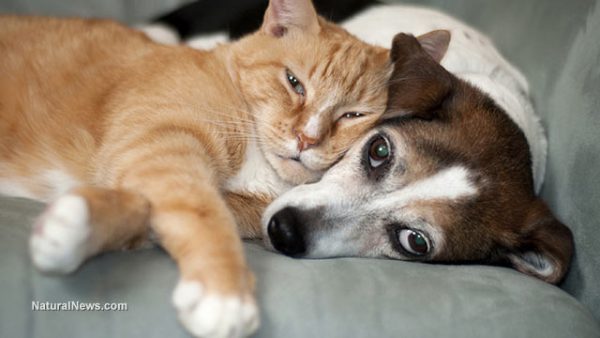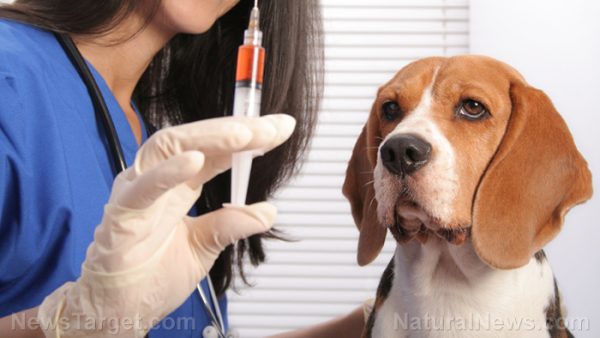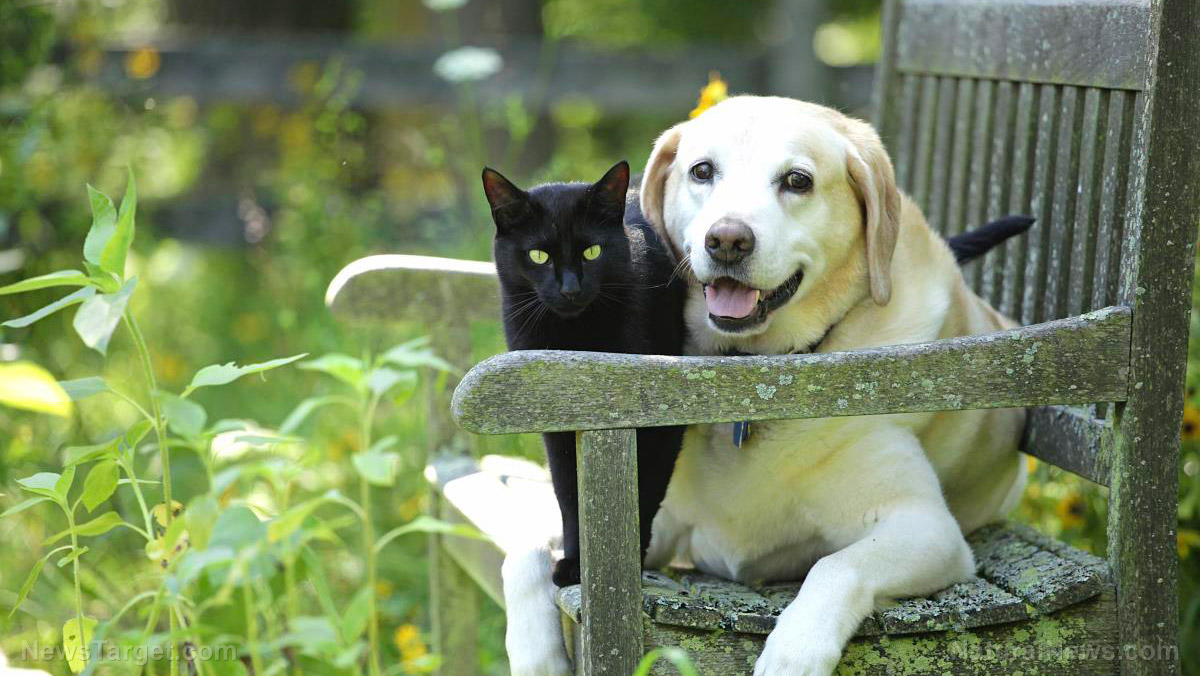Signs that your cat has cancer
03/29/2016 / By D. Samuelson

My best friends are chickens now, but I’ve spent plenty time with a few independent felines. According to Smithsonian Magazine, cats were domesticated 12,000 years ago, right around the time man began to organize his foodstuffs — primarily grains. The cats came meandering and moved in for a meal. The people suddenly had rodent control, therefore both parties were satisfied. I worked at a farm store once, and we had hired two cats — Goldie and Butterball — to take care of the vermin. Unfortunately, that mice family had the reign of the roost because those two lazy cats just watched them scamper. That’s a bit too much domestication in my books.
But these cats weren’t pets. They were supposed to be working animals. Today’s 90 million American cats probably lounge most of the day in the confines of the 34 million homes they abide in. That’s a lot of fur balls. When your child has a pet, they have a noun and a verb sitting right in their lap, teaching a bit of compassion and responsibility. And when that kitty gets sick, well, here comes the tears and the veterinarian bills. We dutifully take our cats in for shots, examinations, nail trims, indigestion, occupational therapy and maybe even at the end of the road, we consider euthanasia. For example, if your cat has cancer. Yup, unfortunately, that nasty disease hits these beloved family members too. Beyond Therapy has a list of ten cancer signs to look out for. They include:
1. “Weight Loss” – Your cat’s body will eat up its reserves faster.
2. Lethargy – This is different than their normal sleepy demeanor.
3. Lumps – Don’t dismiss any.
4. Cat’s Breath – If it’s particularly bad, a trip to the vet is in order.
5. Sudden Lameness – A tumor in the bone can make walking extremely painful.
6. Sores or wounds that won’t heal
7. Difficulty Breathing – Tumors can push up against the lungs and throat.
8. Loss of Appetite
9. Abnormal swelling – It doesn’t have to be a physical lump.
10. Vomiting and Diarrhea – Indicative of other feline issues, but could be a sign.
Pet MD also has a list of ten cancer signs in pets, not limited to cats, and many are similar. But here are four more, because when it comes to your precious animals, extra observations may come in handy:
11. Evidence of pain – Limping is mostly associated with arthritic issues or joint and muscle diseases, but it could be a sign of cancer, especially cancer of the bone.
12. Changes in bathroom habits – increased bowel or urination or blood in urine or stool
13. Abnormal discharges – blood, pus or any abnormal, substance being discharged.
14. Abnormal Odors – offensive odors from the mouth, ears or any part of your pet’s body.
Another very important issue, just as with humans, is what type of food does your cat — or any animal you’re responsible for — eat? Tragically, GMOs lodge in over 80% of food on a grocery store shelf, and don’t think the food prepared for the cats and dogs in your family are somehow exempt from those poisons, along with many others like carrageenan. Pet owners have the freedom to choose their healthy and robust foods independently, but our pets are at the mercy of their master. Make good choices for them too and help protect your furry friends. Read the Natural News investigative report, Pet Food Revealed!
Sources:
Tagged Under: 90 million cats in America, cancer, Cancer symptoms for Cats, Cats and Cancer, Does you cat have cancer?, Don't dismiss lumps and bumps, Our animal friends get cancer too, Pet food, pet health
















